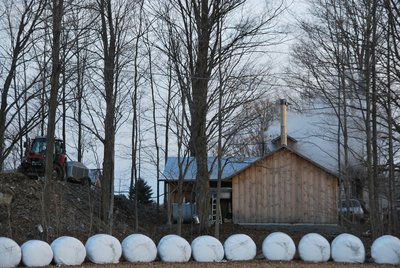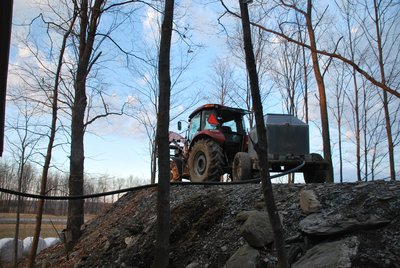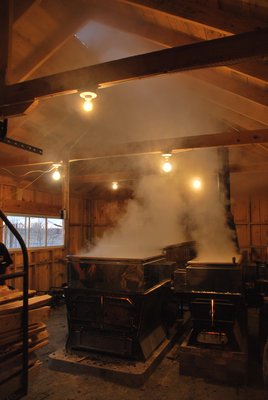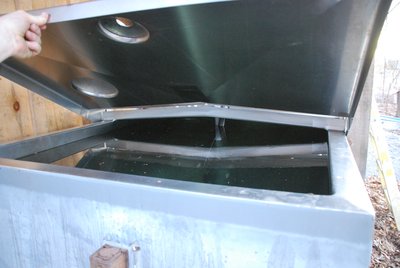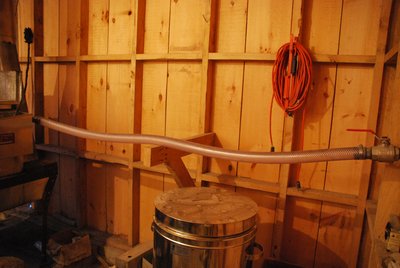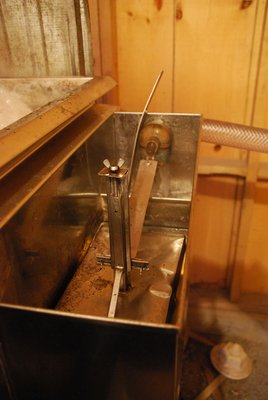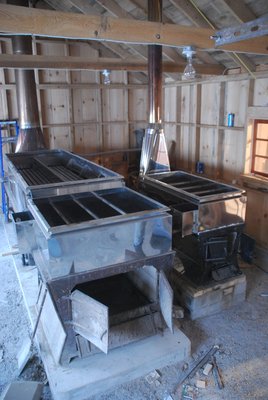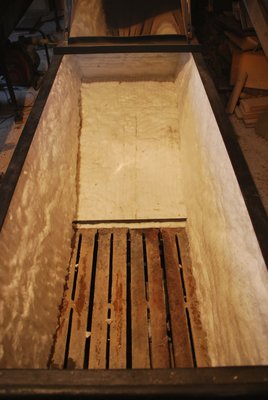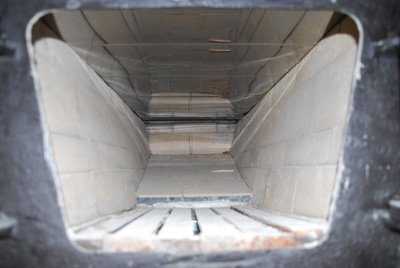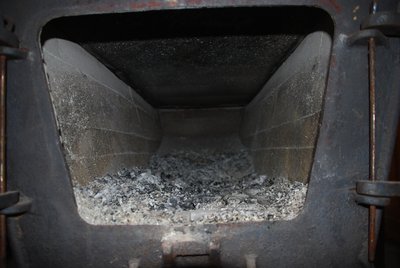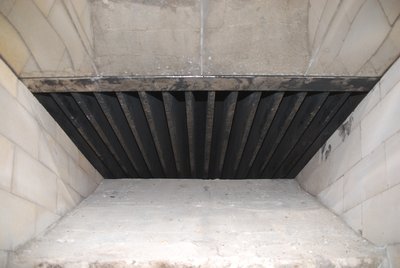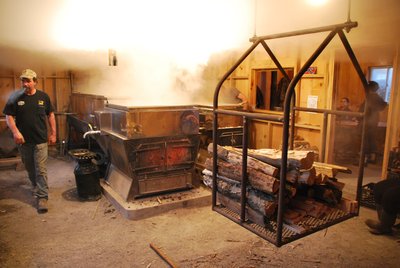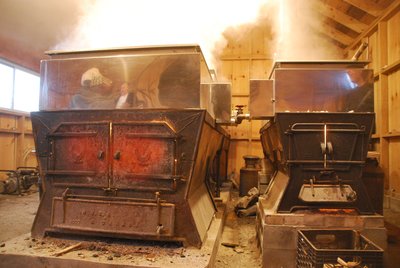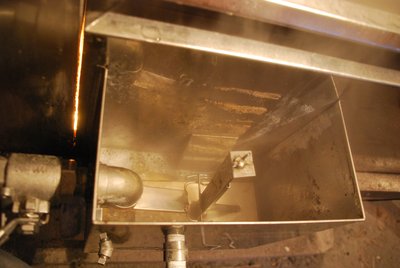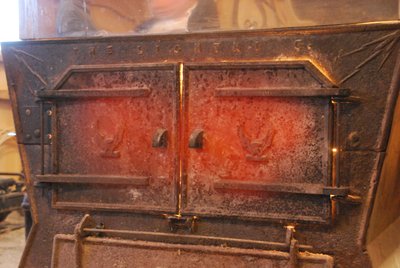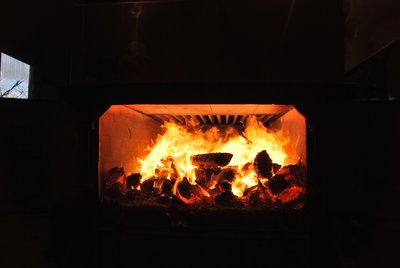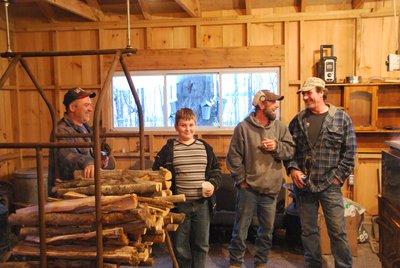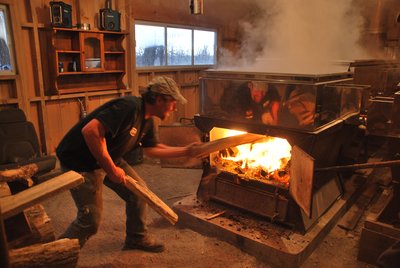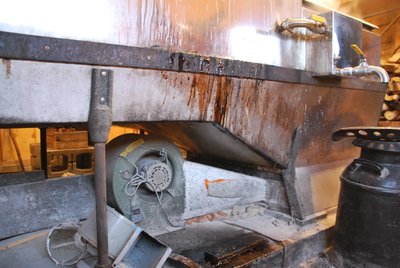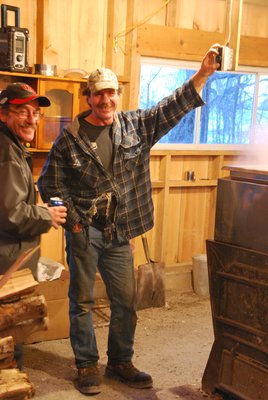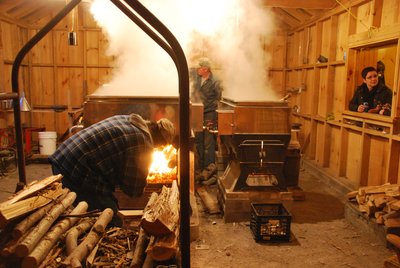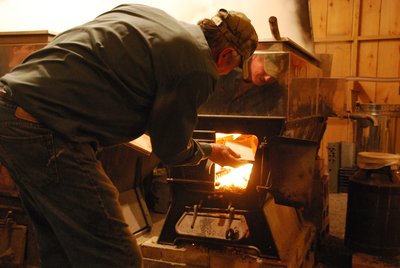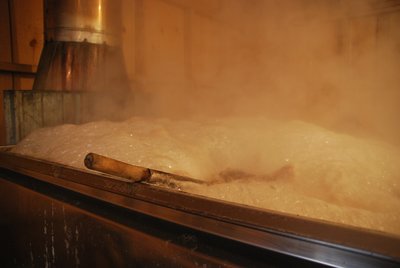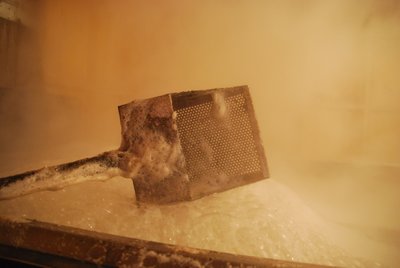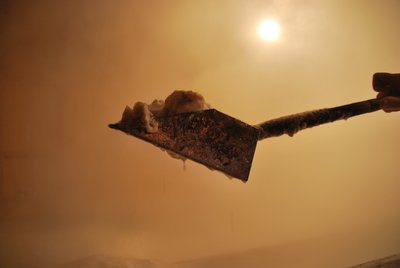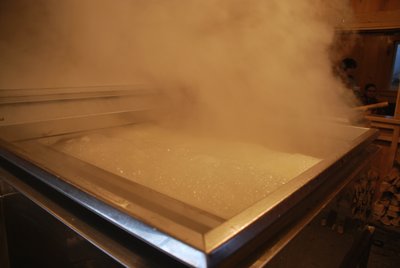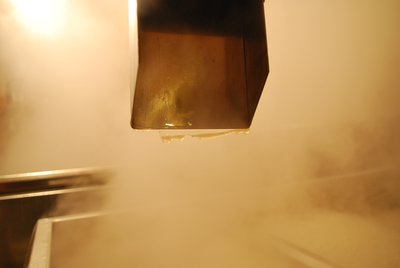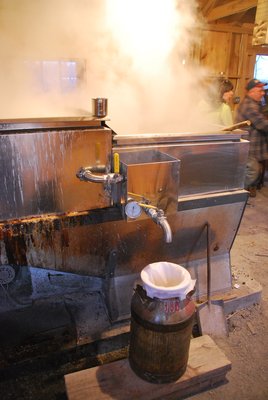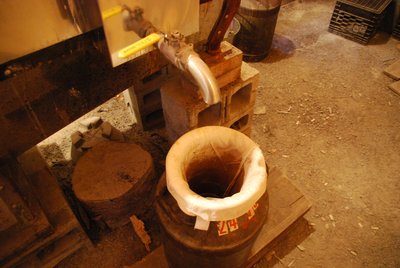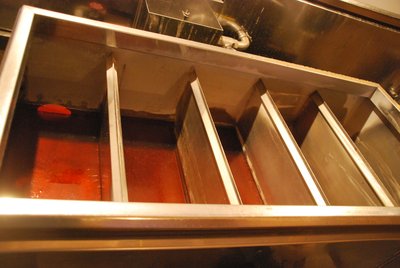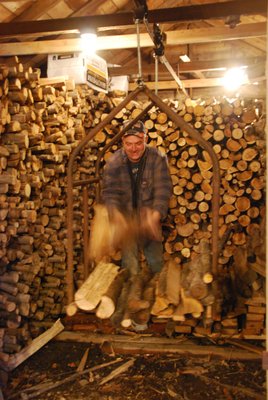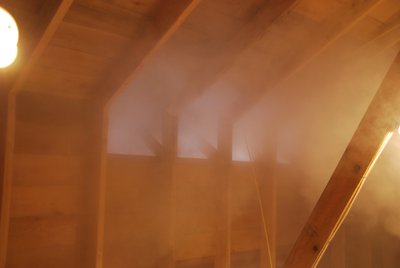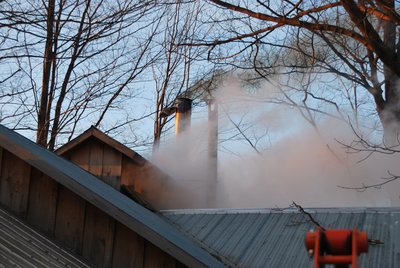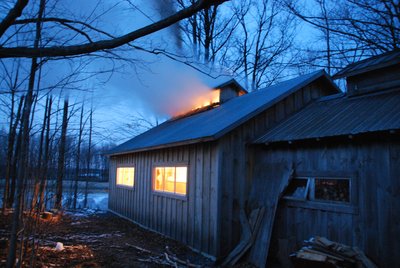Sweet Men Of Stanbridge East
The following images were taken in the township of Stanbridge East, Estrie Quebec, during the spring of 2016 .
Illustrated is a traditional artisanal sugar shanty, its apparatus, and the complete maple sap-syrup evaporation process.
Prior to contact, the original inhabitants of this region had a long tradition of collecting maple sap and rendering it to syrup. It was collected in wooden buckets, and reduced by placing a succession of hot rocks into the liquid, or by letting it freeze overnight and then removing the ice.
Today Quebec produces three quarters of all maple syrup.
The Sugar Shanty in operation. Note the earth work to the left allows the tractor to pull the collecting reservoir to a height where the sap will flow, without mechanical assistance, into the main reservoir of the shanty.
In action. Both arches are being fired independently, but working together, i.e. the sap flowing, by gravity, from the large evaporator into the small one.
The main reservoir is situated outside, against the rear wall of the shanty, high enough up for the sap to flow into the first evaporator.
The two arches and evaporators just before the 2015 season, as the shanty was being set up. Both arches needed to be relined with refractory brick. 'Arch' is the term used to describe the base, and fire box of the apparatus. The stainless steel pan which rests upon the arch and holds the sap is called an evaporator.
The small arch, or finishing arch, ready to be lined with medium duty refractory brick splits layed in HTC. The first course of brick will be layed directly onto the cast iron bars of the grate. The 1 inch thick layer of ceramic wool helps reduce transfer and heat loss through the steel outer wall of the arch.
View inside the larger arch. This evaporator is split into two sections. The heart exchange ribs seen at the back allow more heat transfer to the raw sap that flows into the the first section. The flat floor of the second section, at the front of the evaporator, reduces the risk of burning the partially reduced sap.
The fire box was relined with full brick layed in HTC, having been previously lined with refractory brick layed in Type N Mortar.
The fire box was relined with full brick layed in HTC, having been previously lined with refractory brick layed in Type N Mortar.
The sap flows into the back section of the large evaporator, to the front section, and then to the small evaporator. Both large and small evaporators could function independently. But linked together, they reduce the time the the sap spends in the pan, and so save time in the overall process, and produce a better tasting syrup. Generally, the quicker the evaporation process the lighter and better tasting the syrup.
The large arch needs to be regularly fed with wood, the object being to fire it as hot as possible, for fast evaporation. With the two evaporators running in unison, the sap in the large evaporator is still relatively light and so there is little risk of burning.
An electric fan blows combustion air up through the grate of the large arch to increase the draw and raise the temperature. The finishing arch has no fan.
Froth forming in the rear section of the large evaporator as it is fired hard. A lard impregnated rag, is wiped around the rim of the pan, leaving a slight film of lard that will cause the froth to decrease in volume, and fall back into the pan, as it starts to boil over the sides.
When the syrup is at the correct consistency it drips from a syrup scoop in a single wall of liquid, rather than several drops along the length of the front edge of the scoop. In this image the syrup is not quite ready.
Here the syrup is at the right consistency. A temperature gauge is also used to determine the time to draw off the syrup. The sap boils at 212 ºF gradually increasing in temperature as it thickens. The boiling temperature of the finished syrup is 219 ºF
The syrup flows from the evaporator into a felt filter. Note: This image was taken the day after the previous images, when only the large arch was being fired, due to there being less sap.
The finishing evaporator seen after being stopped at the end of the previous day. The remaining syrup was not quite finished and so will be mixed with more sap next time both arches are fired.
Wood is transported from the wood shed to the arch by a cage that slides along a rail attached to the ceiling.
Marcus Flynn
2016
See Also:
